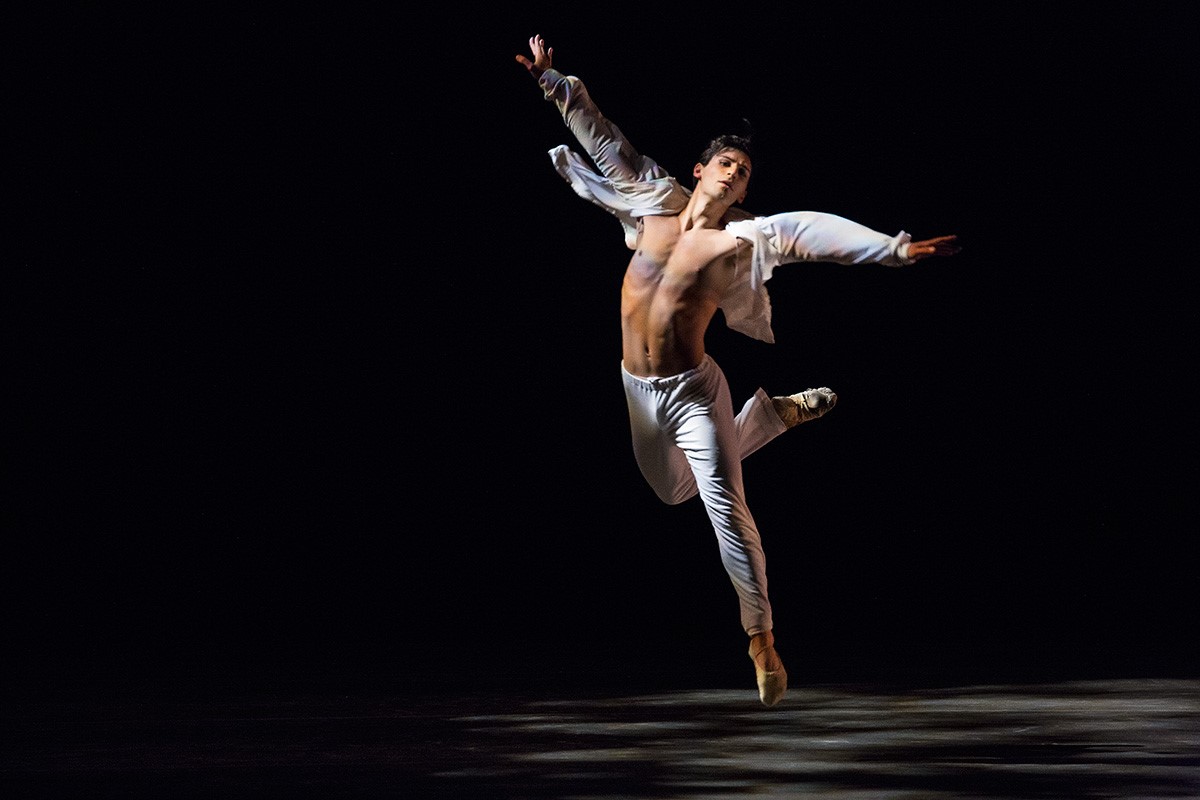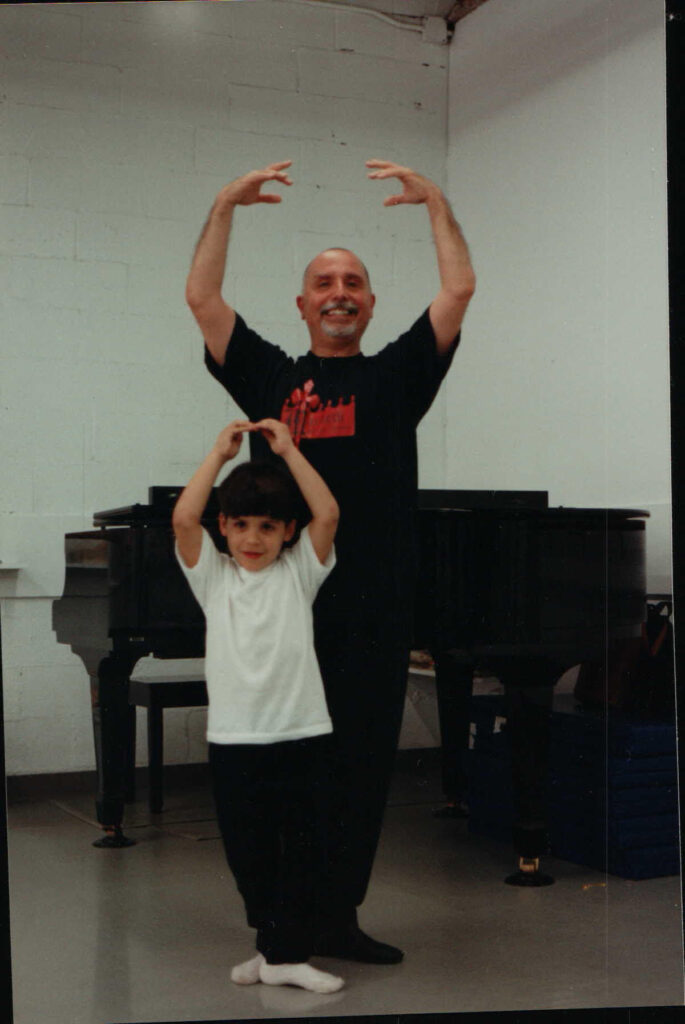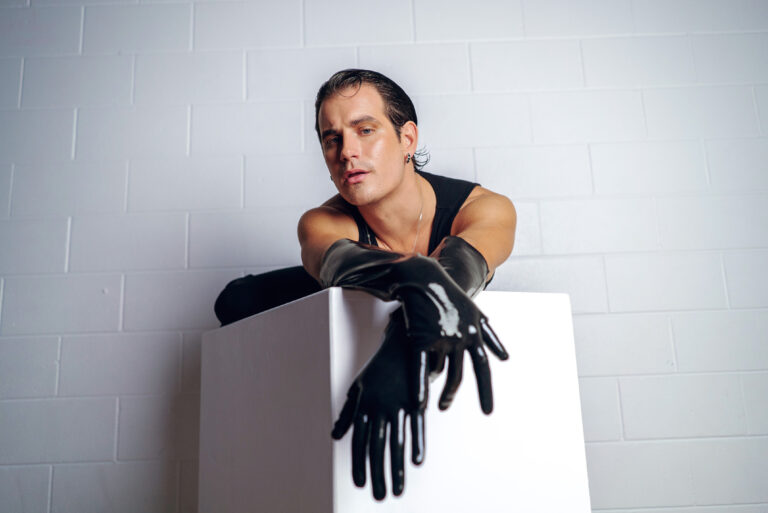
The first ballet class I ever took was taught by choreographer Francis Patrelle at Ballet Academy East in New York City. I was 6 years old and he was teaching an all-boys class—a gift at a time [the 1990s] when it was especially hard to be the only boy in a class full of girls. Working with him set me up for the artistic path my career has taken.
In 1996, Francis created/choreographed The Yorkville Nutcracker. I danced in the show from the time I was 6 until I was 17, doing every role from Page to Snow King. These performance opportunities hooked me in and kept me dancing when it would have been easier to step back and play sports. I’m not sure I would be a dancer today without him.

Francis is known for making class fun. He once taught adagio in the center while saying, “Boys, if you can keep your legs up the whole time I will buy you root beer floats.” We all did what he asked and, true to his word, he brought us all root beer floats. He was full of humor and made everything into a game to keep us engaged. It taught me so much about how to get more out of students. It’s far more effective than being strict all the time. He didn’t believe that every student needed to become a professional dancer. He taught that the value of dance went beyond that—that it should be enjoyed. He would chase you across the floor to encourage you to travel, and when he asked you to push harder, he would say, “Let’s do it together, because I know there is more in you.” I once returned to the studio as a professional and accidentally did the tendu combination wrong. He came up to me and said, “By the way, it was six tendus, not seven, but that’s just an extra tendu between two friends.” He made me laugh while correcting me. People improve while having a great time, and it’s a reminder that you can have both.
In terms of style, Francis put a lot of American themes and ideas into the choreography he set on his company. He is of Italian descent, so his port de bras used the Cecchetti methodology, but other than that, his work was a mix of styles. In class he liked to focus on musicality, even from a young age. He didn’t just care about our technique, he wanted us to understand the difference between a waltz and a polonaise. He told us that the purpose of adagio was not to build technique but, rather, to feed our souls. In almost every class he would say, “Present yourself to the audience—say, ‘I’m here and I’m worth looking at.’” He walked the line of helping kids be proud of themselves without being boastful. He taught us to not shy away from being center stage, and to know our worth, but in the same breath reminded us that we are not any better than anyone else. It’s a balance that has helped me in my professional career. Whenever I have imposter syndrome or am nervous about a challenging role, I remember his words. “I’m not better than everyone else, but I am here. Look at me.” Both sentiments depict confidence in a healthy way, and I’m grateful to him for teaching me that lesson.

I’m thankful Francis has provided so many incredible performance opportunities for me, and thousands of other children who found a love and passion for dance. With his choreography and The Yorkville Nutcracker, he has made a community of dance lovers in New York, which is such a great legacy to leave. Anyone who knows him loves him, and many attribute their success to him. I commend him for all that he is and has done.





